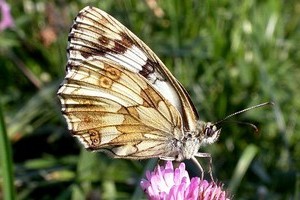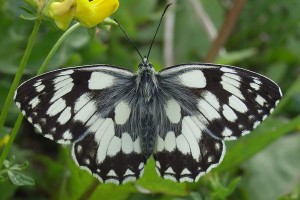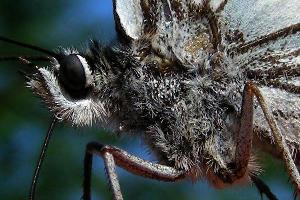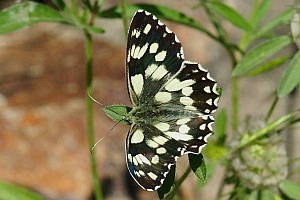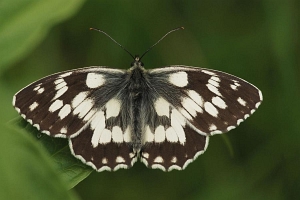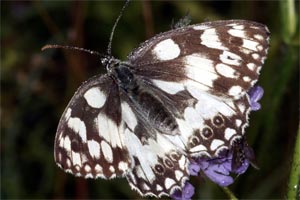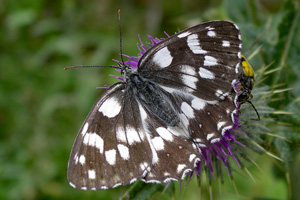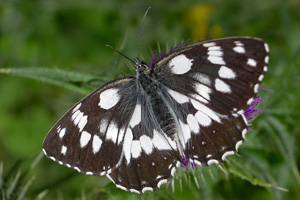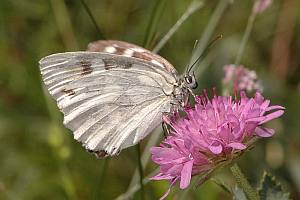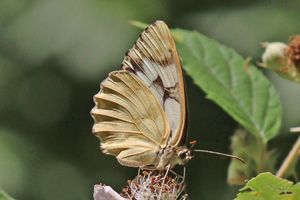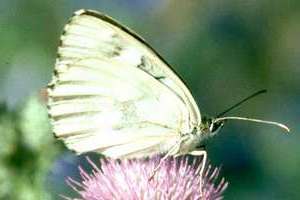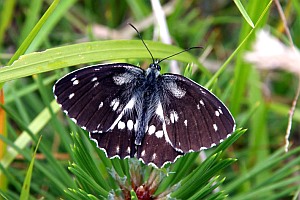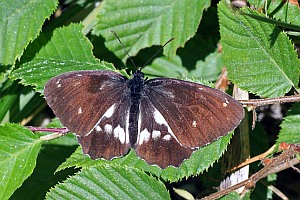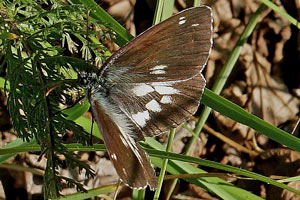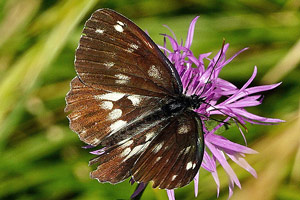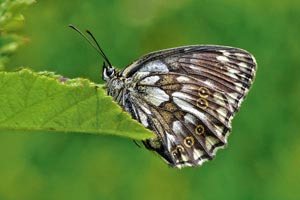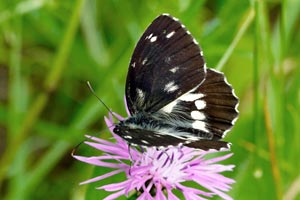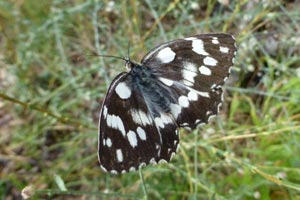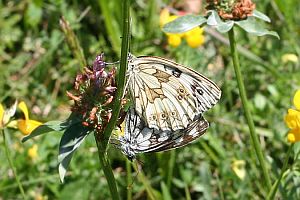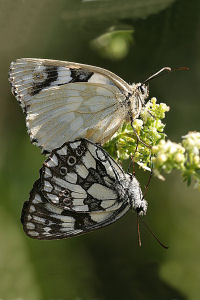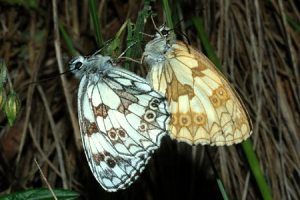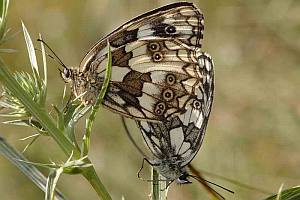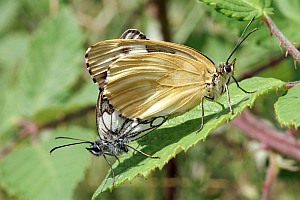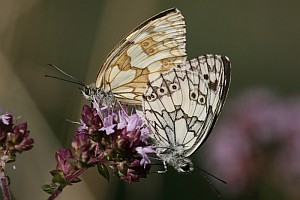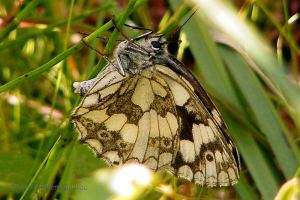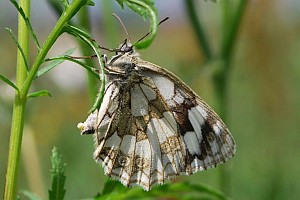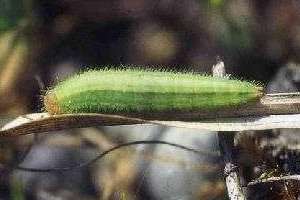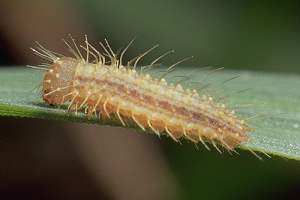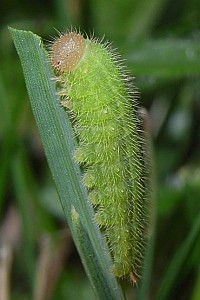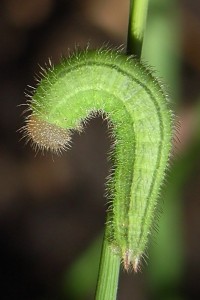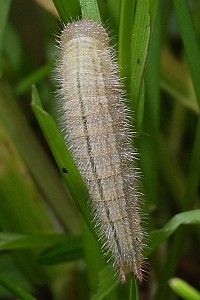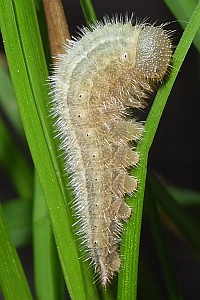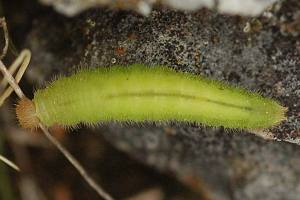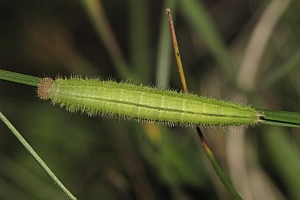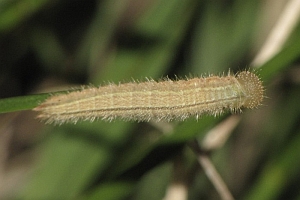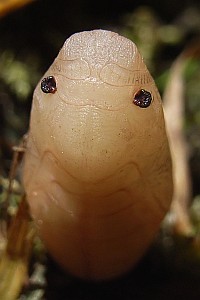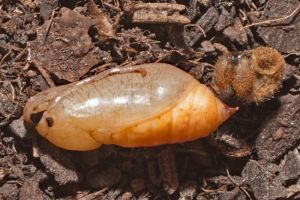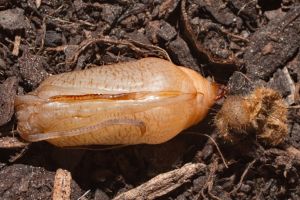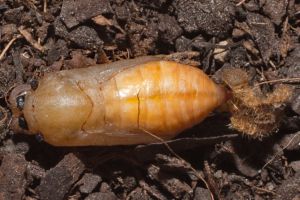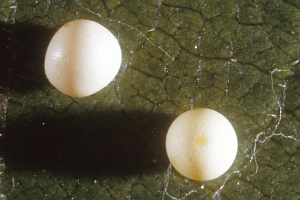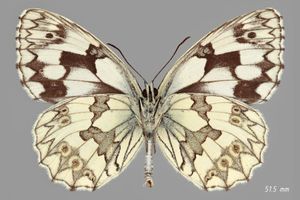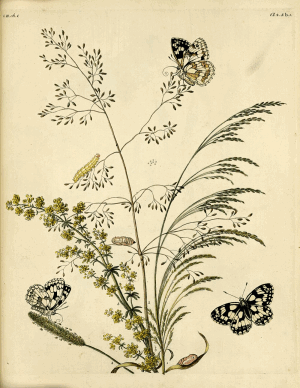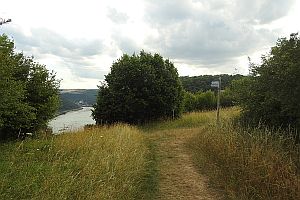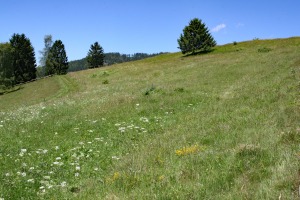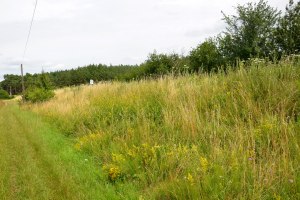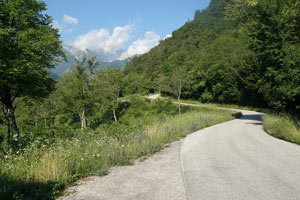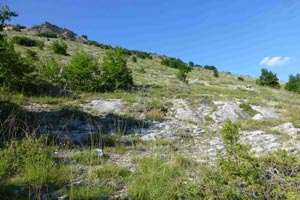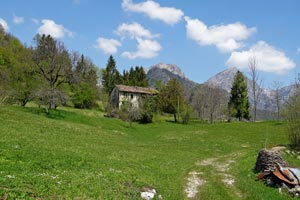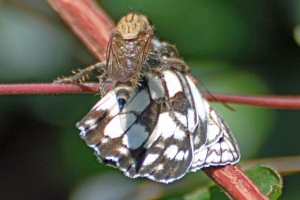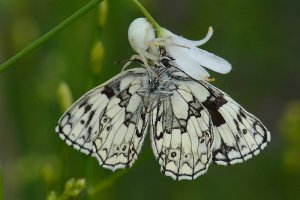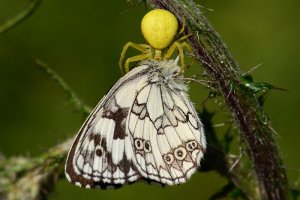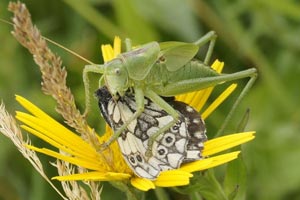

 +42Kontinente:EUASAF
+42Kontinente:EUASAF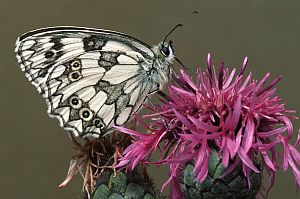
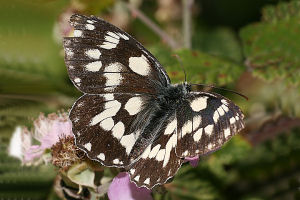
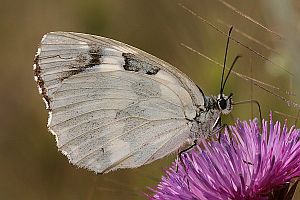
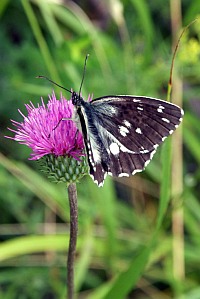
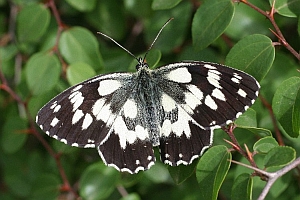
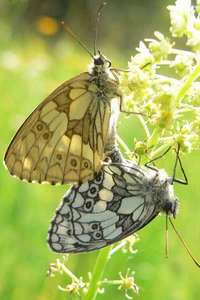
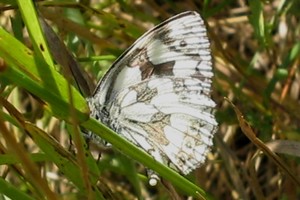
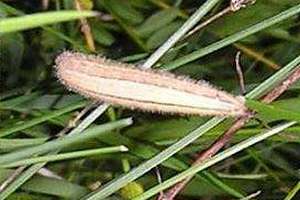
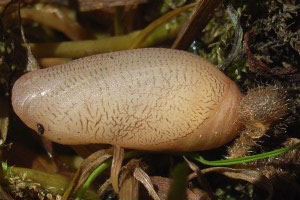
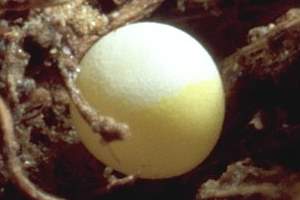
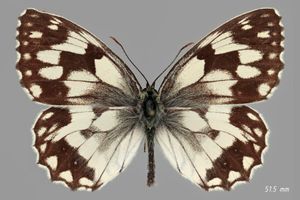
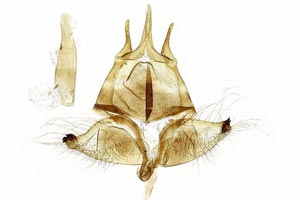
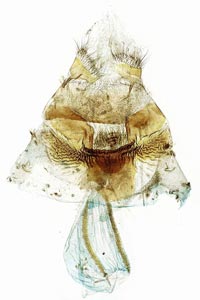
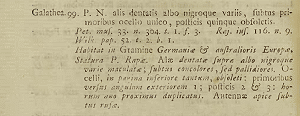
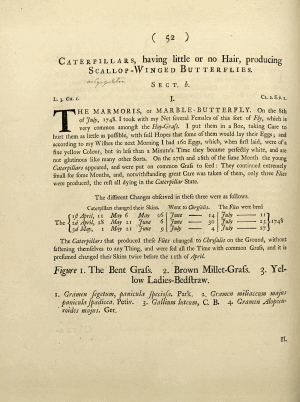
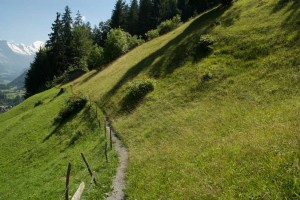
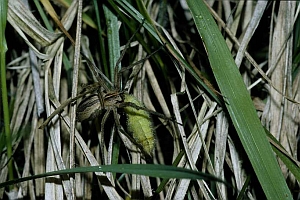
1. Lebendfotos
1.1. Falter
1.2. f. procida
1.3. f. leucomelas
1.4. Ssp. magdalenae
1.5. Ssp. satnia
1.6. Kopula
1.7. Eiablage
1.8. Raupe
1.9. Puppe
1.10. Ei
2. Diagnose
2.1. Männchen
2.2. Genitalien
2.2.1. Männchen
Links zu Fotos auf einer externen Seite:
- Präparate von Walter Tausend (PDFs): [♂ 886], [♂ 1947], [♂ 1948], [f. procida ♂ 1949], [f. procida ♂ 2295]
2.2.2. Weibchen
2.3. Erstbeschreibung
2.4. Bezug der Indikation „Wilk. pap. 52. t. 2. b. 1.“
3. Biologie
3.1. Habitat
3.2. Prädatoren
4. Weitere Informationen
4.1. Etymologie (Namenserklärung)
Galateia: „Гαλάτεια, eine Meernymphe.“
4.2. Andere Kombinationen
- Papilio galathea Linnaeus, 1758 [Originalkombination]
4.3. Synonyme
- Melanargia turcica Boisduval, 1840
- Melanargia procida Herbst, 1794
4.4. Unterarten
- Melanargia galathea satnia Fruhstorfer, 1917
- Melanargia galathea lucasi (Rambur, 1858)
- Melanargia galathea vrenozina Aistleitner, 2017
4.5. Typenmaterial
Honey & Scoble (2001: 327): “LSL [The Linnean Society of London, Anm. Red. Lepiforum]: 1 ♀, without head or abdomen, labelled “99. Galathea” [by Linnaeus], “Galathea 772.” [by Smith], here designated as LECTOTYPE.”
4.6. Nomenklatur
Opinion 400 ICZN unterdrückt den Gattungsnamen Agapetes Billberg, 1820 hinsichtlich Belangen der Priorität, nicht aber solcher der Homonymie. Der Gattungsname Melanargia Meigen, [1828] wird mit femininem grammatikalischem Geschlecht in die Official List of Generic Names in Zoology gestellt. Typusart: Papilio galathea Linnaues, 1758 durch Auswahl von Kirby (1894). Diese Art wird unter der Nummer 697 in die Official List of Specific Names in Zoology gestellt.
(Autor: Jürgen Rodeland)
4.7. Literatur
- Aistleitner, E. (2017): Zur Verbreitung von Melanargia galathea (Linnaeus, 1758) in Albanien mit Beschreibung einer neuen Unterart (Lepidoptera, Nymphalidae, Satyrinae). — Linzer biologische Beiträge 49 (1): 563-570 [PDF auf zobodat.at].
- Ebert & Rennwald (1991b) (= Ebert 2), 7-13.
- Hemming, F. (ed.) (1956): Opinion 400. Validation under the Plenary Powers of the generic name Melanargia Meigen, [1828] (Class Insecta, Order Lepidoptera). — Opinions and Declarations Rendered by the International Commission on Zoological Nomenclature 12 (23): 419-432.
- Lectotypus-Festlegung: Honey, M. R. & M. J. Scoble (2001): Linnaeus's butterflies (Lepidoptera: Papilionoidea and Hesperioidea). — Zoological Journal of the Linnean Society 132: 277-399.
- Erstbeschreibung: Linnaeus, C. (1758): Systema naturae per regna tria naturae, secundum classes, ordines, genera, species, cum characteribus, differentiis, synonymis, locis. Tomus I. Editio decima, reformata. 1-824. Holmiae (Laurentius Salvius).
- Schweizerischer Bund Für Naturschutz [Hrsg.] (1987): Tagfalter und ihre Lebensräume. Arten – Gefährdung – Schutz. — XI + 516 S. (hier 238-239), Egg/ZH (Fotorotar AG).
- Reichl, E.R. 1975: Die Rassenbildung von Melanargia galathea L. im westlichen Friaul (Lep., Satyridae). – Zeitschr. d. Arb.Gem. Österr. Entom., 26. Jg., 2 – 4; 33 - 40
- Bezug einer Indikation in der Erstbeschreibung: Wilkes, B. [1749]: The English Moths and Butterflies : Together with The Plants, Flowers, and Fruits whereon they Feed, and are usualle Found. All Drawn and Coloured in such a Manner, as to represent their several beautiful Appearances, Being copied exactly from the Subjects themselves, and Painted on the best Atlas Paper. Together with an Attempt towards a Natural History of the said Moths and Butterflies: 24 unpaginated pages, 1-63, 120 pl. London (Benjamin Wilkes).










































